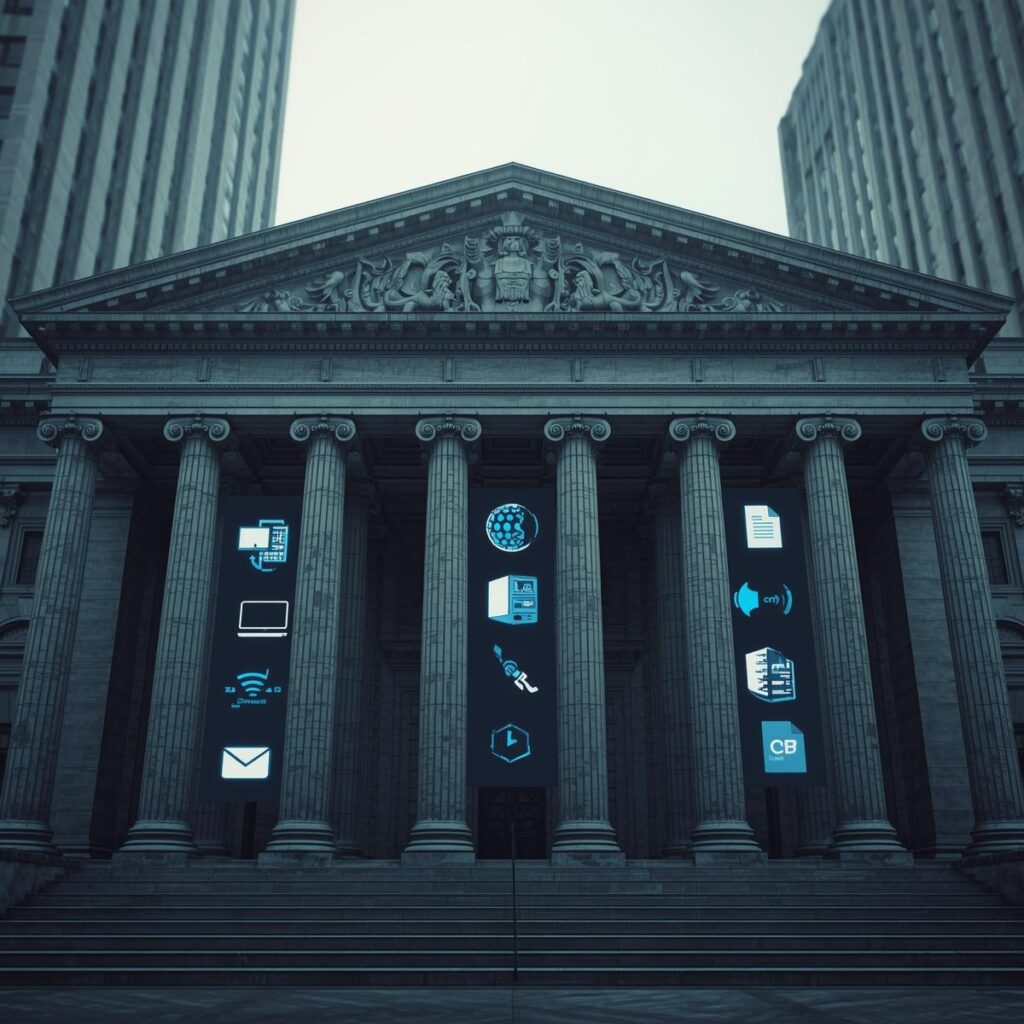In the field of contemporary curatorship, understanding the complete journey of a digital artwork, from its incorporation into a collection to its public exhibition, is essential to ensure not only its technical preservation but also the integrity of its meanings. Digital art is made of code, formats, software, and supports that age quickly. Caring for these works means understanding the path they follow within a curatorial infrastructure that guarantees both their material and symbolic survival. This path begins the moment the artwork enters the collection and extends to its public display, passing through several stages that combine technical, ethical, and conceptual practices.
The first stage of this process is digital ingestion, carried out with tools such as BitCurator. It functions as both a detective and a doctor for digital files, examining old media, identifying file types and their metadata, verifying their integrity, and producing detailed technical reports on each item. This initial process is crucial because it preserves the artwork’s provenance, that is, the context in which it was created and organized by the artist. Instead of merely copying the files, BitCurator creates a forensic image of the disk, maintaining its original structure and generating a record that documents the state in which the material was received. From this point on, the curator has a reliable foundation from which to plan preservation strategies and understand the relationships among the elements that make up the work.
After this diagnostic and cleaning phase, the material is transferred to a preservation system such as Archivematica, which puts into practice the principles of the OAIS (Open Archival Information System) model. At this stage, the work is organized into long-term preservation packages with standardized metadata and automated integrity checks. Archivematica converts the set of files into an AIP (Archival Information Package), a preservation unit that contains both the original files and all the information required to ensure their authenticity and future reinterpretation. This phase is comparable to the cataloguing and housing of a physical artwork in a museum, as it ensures that the digital object can be maintained and migrated even as technologies change.
Once stabilized and described, the files are moved into an environment for storage and access. At this point, repositories such as Fedora, DSpace, or Islandora come into play, functioning as the digital museum itself. These systems store the preservation packages, manage versions, control permissions, and provide interfaces for research and visualization. In the case of a digital art collection, this infrastructure is essential to guarantee that visitors, researchers, and artists can access the works safely, without compromising the original files. Moreover, these repositories make it possible to interconnect technical and curatorial metadata, creating a network of information that links artworks, artists, exhibitions, and historical contexts.
Finally, the stage of public visualization transforms the digital collection into an aesthetic experience. Through platforms such as Islandora, Omeka, or websites integrated with WordPress, audiences can explore artworks, read curatorial descriptions, watch videos, and interact with complementary materials. In this phase, curatorship reclaims its interpretive role, translating the technical layers accumulated throughout the process into accessible and meaningful narratives. The digital exhibition is not merely the final step of a technical process but the symbolic re-enactment of a sequence of curatorial, ethical, and technological decisions that have made the work both preservable and intelligible in the present.
Understanding this flow, from BitCurator to public visualization, means recognizing that digital curatorship is not limited to displaying works on screens but to building ecosystems of permanence. Each stage of this path contributes to ensuring that digital art, with all its fragility and technical complexity, can continue to be seen, studied, and reinterpreted. By mastering this process, the curator learns to act as a mediator between the ephemeral and the lasting, between code and meaning, between the machine and the aesthetic experience.

